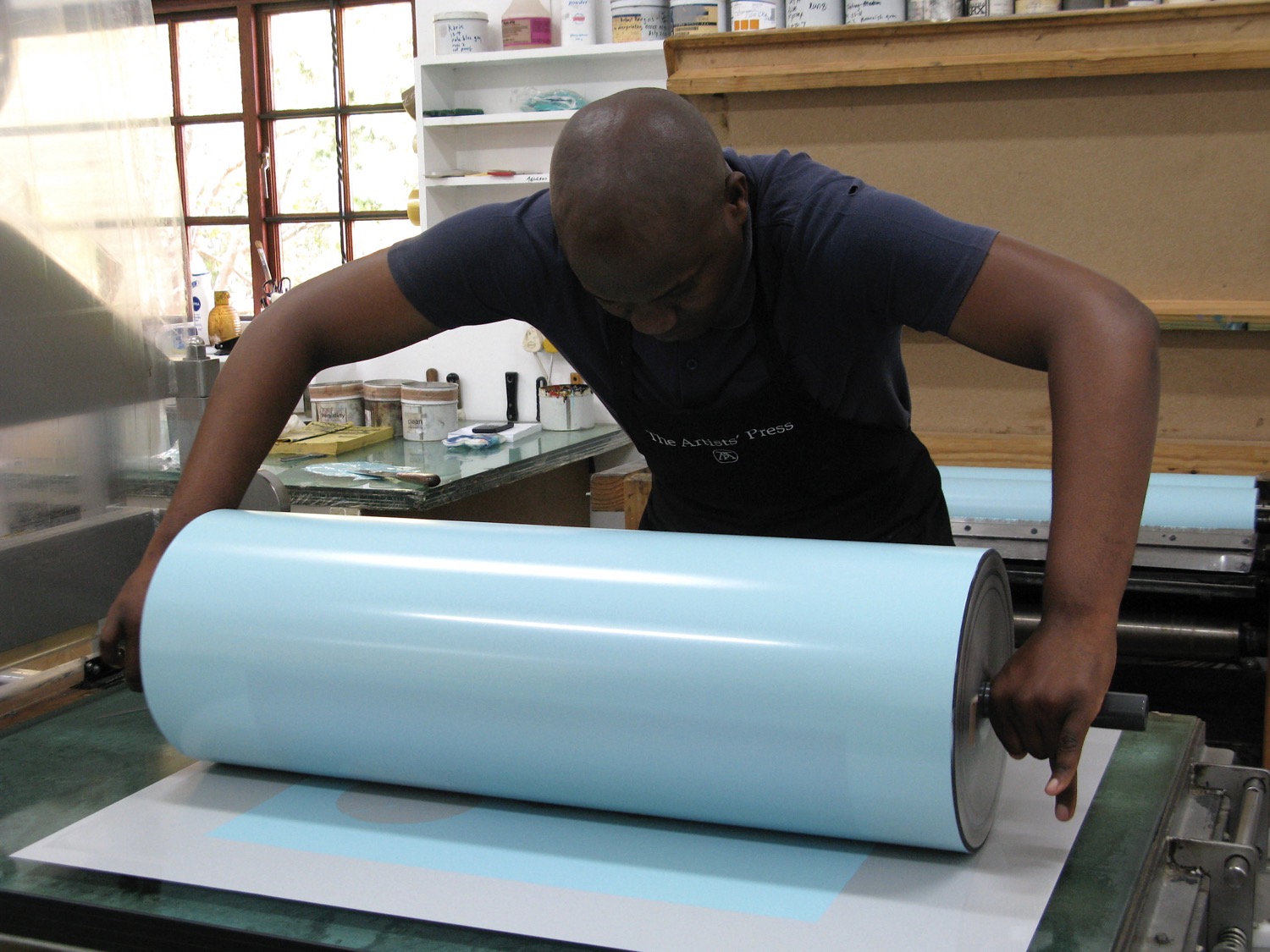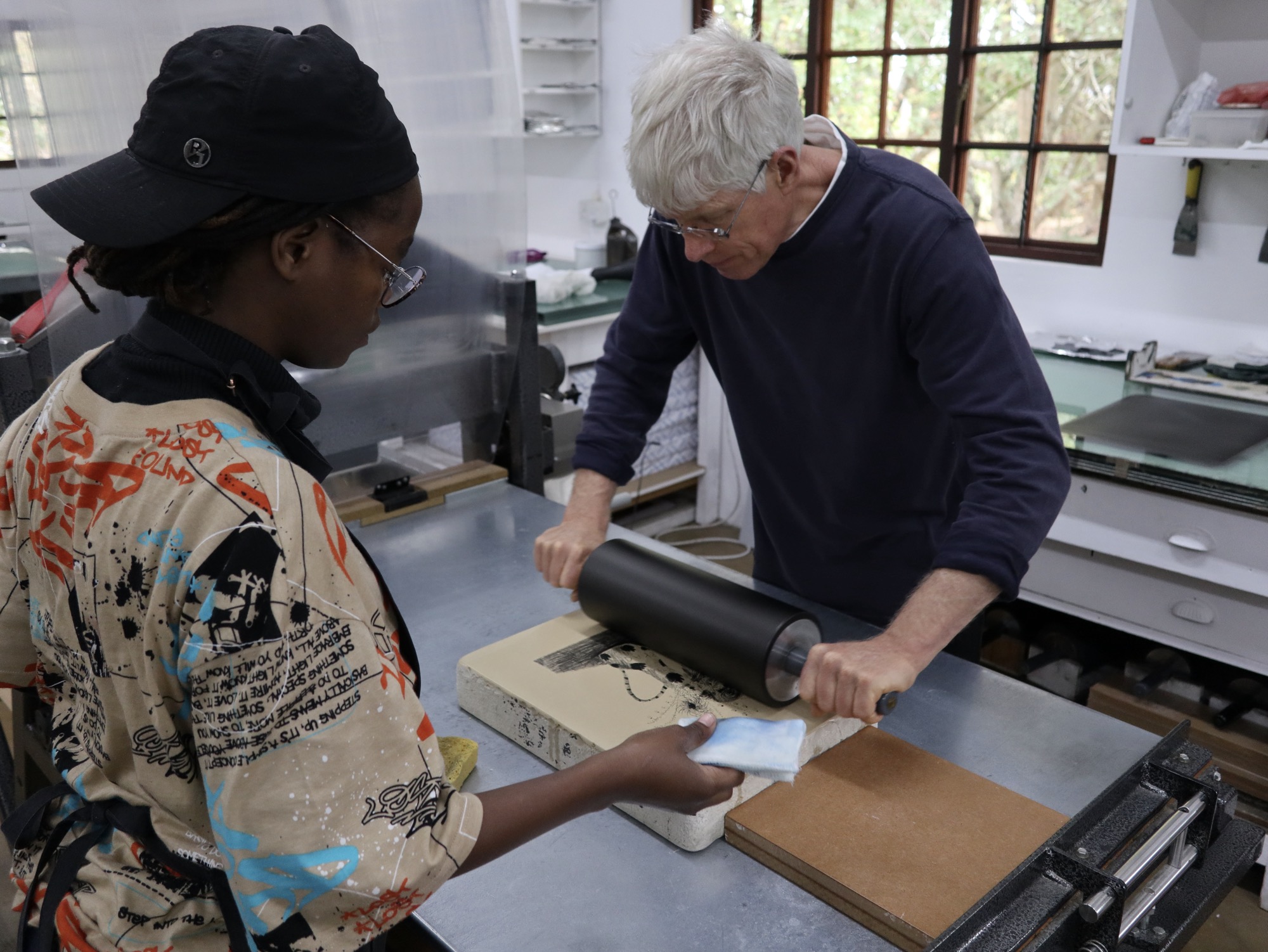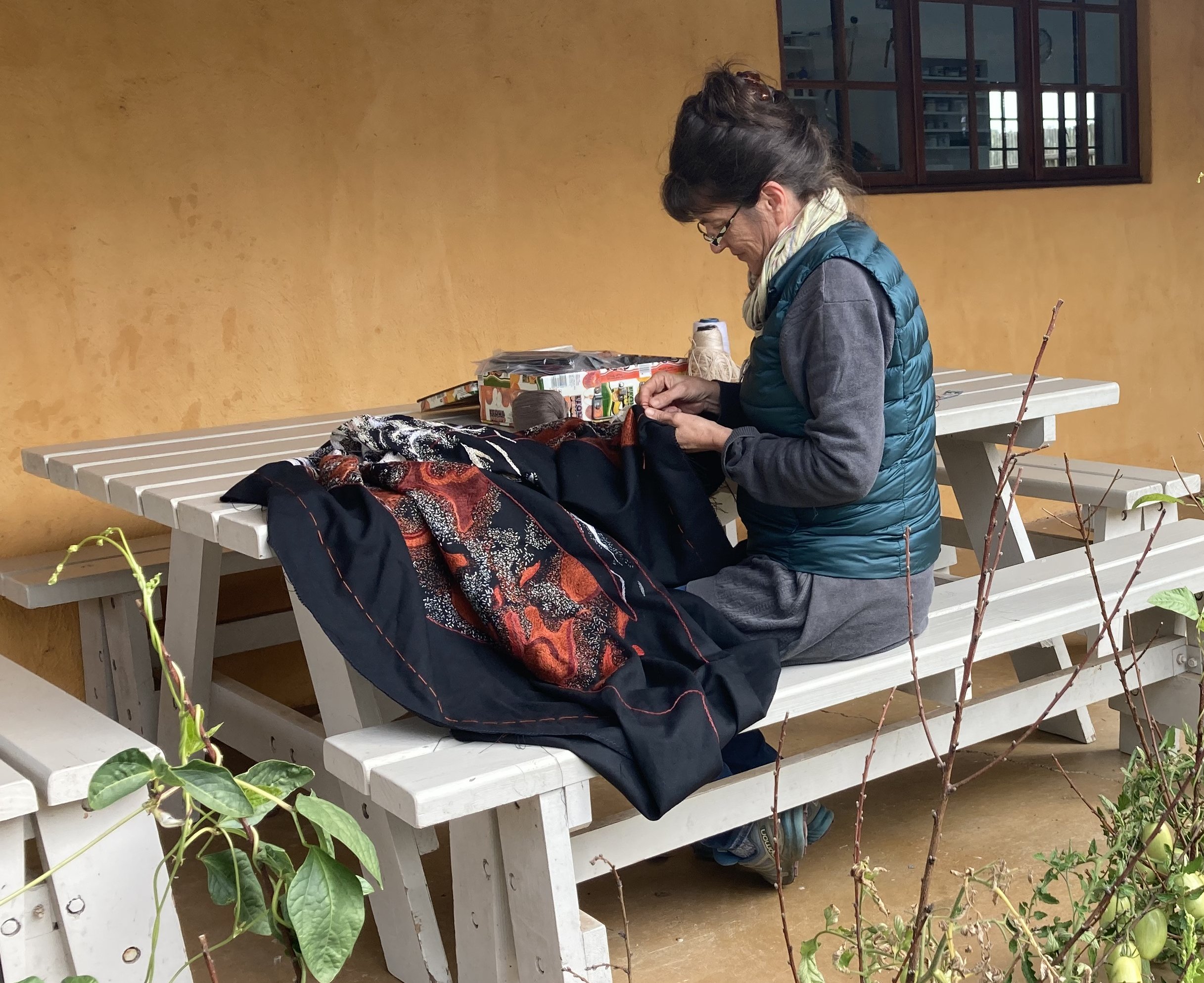What is Lithography?

Lithography refers to a lithograph print that is made from an image which has been applied to a flat surface. It is a method of printing based on the principle that oil and water do not mix. Printing is done from a stone (lithographic limestone) or a metal plate with a grained surface; using oil-based inks. The artist works on a separate stone or plate for each colour. Traditionally this flat surface was a specially prepared limestone, but today grained aluminium printing plates and the original stones are used. An image is drawn, painted or photographically applied the stone or plate using a greasy medium. The image will repel water and accept ink. The inks are oil based and should be lightfast.
The plate is placed on a special press and is then rolled up with either leather or rubber rollers. Paper is then placed on the print and is run through the press by hand. Like many other printing processes, one colour at a time is printed. Usually, one colour is printed per day. So a print that is built up of ten colours would take the master printer ten days to print.
Lithography is a very versatile printing technique and artists can get the medium to suit the needs of their particular style. It can be subtle with many layers of washes or it can look like a pencil drawing with strong lines that pick up the texture of the drawing tool and the "tooth" of the plate. It can have large areas of flat colour or else areas can be "scratched" into. With a skilled master printer to guide the artist almost any effect is possible. The chemicals used in processing are relatively harmless and pose no threat to the artist.
And offset lithography? Take care...
Offset lithography, although evolving from the same chemical processes as hand done version, is a separate and distinctly different process. Offset printing is the technique used in industry for printing books, magazines etc. It needs complicated machinery and equipment and is only used by artists to do reproductions of their work.
When buying prints one should be aware that dealers and artists often refer to prints as original lithographs when they are in fact reproductions of artwork that are printed in the same way that posters and magazines are printed. These prints are not hand printed and they usually involve none or very little collaboration between the printer and the artist. They are often printed with inferior inks on inferior paper and will not have much of an investment value. When buying prints from someone you do not know well, it is always a good idea to ask for a copy of the documentation sheet. The documentation sheet will provide you with all the information that you will need to assure you of the integrity of the print that you are investing in. If the artist or seller is unable to provide a documentation sheet then it is probably not worth buying the print. To see what information should be supplied by documentation sheet please refer to
an example of a documentation sheet .
For an interactive explanation of lithography take a look at this from MOMA's website.
Browse the latest prints from The Artists' Press


